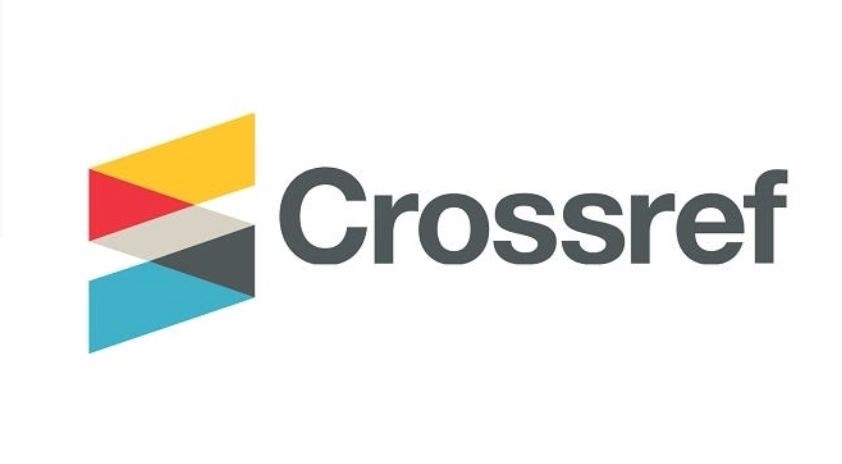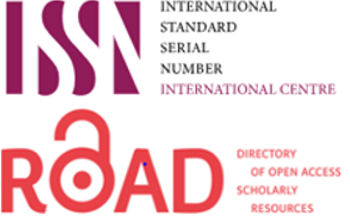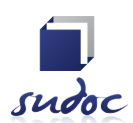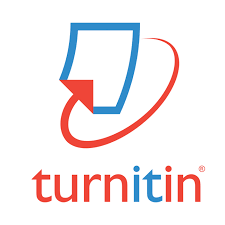Authors' Guideline
Guidelines for Contributing Articles to The Iraqi National Journal of Nursing Specialties (INJNS)
- The Iraqi National Journal of Nursing Specialties (INJNS) publishes original research and articles in different scientific fields of nursing. The INJNS is a publication that covers a wide range of topics in Professional Nursing, including Clinical Nursing (such as Psychiatric Nursing, Critical Care Nursing, Oncologic Nursing), Education, Management, Community Health, and Research. The journal accepts original articles, case studies, literature reviews, commentaries related to Professional Nursing, and research that impacts nursing practice, whether in a clinical setting or otherwise. The INJNS also features qualitative research, systematic review articles, selected case reports and other original articles of special nature
- Submission of a manuscript implies that:
- the work described has not been published before;
- it is not under consideration for publication elsewhere; and
- its publication has been approved by all co-authors, if any, as well as by the responsible authorities – tacitly or explicitly – at the institute where the work has been carried out. The publisher will not be held legally responsible should there be any claims for compensation.
- Authors wishing to include figures, tables, or text passages that have already been published elsewhere are required to obtain permission from the copyright owner(s) for both the print and online format and to include evidence that such permission has been granted when submitting their papers. Any material received without such evidence will be assumed to originate from the authors.
- Authors should expect that all the submitted manuscripts will be examined thoroughly by a specialized panel of local and international experts for their scientific contents, aiming for assuring high-quality publication standard.
- A cover letter should be submitted to the editor in chief, which typically includes:
- Addressee's information and date of submission
- Opening salutation
- Purpose statement and administrative information
- Summary of main research findings and implications
- Statements or information required by the journal
- Closing salutation and the corresponding author’s contact information
- A title page should be submitted to the editor in chief, which typically includes:
- The name(s) of the author(s) both in Arabic & English
- A concise, informative title
- The affiliation(s) and address(es) of the author(s)
- The e-mail address, and telephone number(s) of the corresponding author
- If available, the 16-digit ORCID of the author(s)
- Related statement (fund, conflict of interest, acknowledgement, and author contribution).
7. The manuscript should be submitted through the INJNS website https://www.injns.uobaghdad.edu.iq/index.php/INJNS. using Microsoft office word file. An (A4) size with a margin of (2.5) cm width should be left on both sides of the page. The manuscript should not exceed (10) pages including tables and figures.
8. The manuscript should be printed using Microsoft Word office program with letter type of Times new Roman, letter size (12) for the text, (11) for tables, figures and references. The letter size for the title is (16) for the Arabic title and (14) for the English title as well as for the author(s)' name(s) and (10) for the abstract and the keywords. A single space between lines is mandatory.
9. Paragraphs should be right justified and make sure that all pages are clearly numbered.
10. Manuscripts accepted for publication should reflect all the recommended revisions. Failure to abide with that automatically gives the right to reject paper for publication.
11. The manuscript should be organized according to the attached structure. Authors are advised to use the attached templet:
12. A maximum of 5 keywords separated by semicolon (;), crucial to the appropriate indexing of the papers, are to be given. Authors are advised to visit Mesh to select keywords. using Mesh is very helpful in terms of increasing article visibility & citation chance! Please Visit the Website: https://www.ncbi.nlm.nih.gov/mesh.
13. All the submitted articles will be examined by using “Turnitin”, to check text originality index. It should not exceed 15%; however, direct quotes should not exceed 2%.
14. It is important to specify the sample size (and population if relevant), as well as justify the sample size, which may include sample size calculation or power analysis if necessary. This information helps readers understand the context and methods of participants’ selection in the study.
15. Despite the fact that it is not mandatory to use a certified English editing service that can help authors submitting a well-developed manuscript that is free from academic language violations, desk rejection maybe the used when receiving a paper which is not professionally written.
16. To support the sustainability of the open access model, authors of the Iraqi National Journal of Nursing Specialties (INJNS) are required to pay an article processing charge (APC). This charge covers various publishing services such as article production, hosting, liaison with abstracting and indexing services, and customer services. The journal aims to make all published articles freely available online for readers worldwide. The article processing charge (APC) is imposed upon editorial acceptance of the manuscript and can be covered by the authors, funders, or affiliated institutions. The APC amount is ID 100,000 for Iraqi authors or USD $100 for non-Iraqi authors. Payment can be made via bank transfer, and details about the bank account are communicated to the corresponding author through email.
17. The article processing charge (APC) can be waived for authors who are current citizens of low-income countries
|
low-income countries |
|
|
Afghanistan |
Malawi |
|
Burkina Faso |
Mali |
|
Burundi |
Mozambique |
|
Central African Republic |
Niger |
|
Chad |
Rwanda |
|
Congo, Dem. Rep. |
Sierra Leone |
|
Eritrea |
Somalia |
|
Ethiopia |
South Sudan |
|
Gambia |
Sudan |
|
Guinea-Bissau |
Syrian Arab Republic |
|
Korea, Dem. People's Rep. |
Togo |
|
Liberia |
Uganda |
|
Madagascar |
Yemen |
- The INJNS follows open access regulations by releasing its articles under the Creative Commons Attribution-Noncommercial license (CC-BY-NC). Authors maintain ownership of their work and can place their publication in any repository. This enables articles to be freely shared and utilized by the author and others as long as proper attribution is provided. Published INJNS articles can be immediately added to online repositories or shared via email, print copies, course materials, and other means without limitations. For more details, please review the complete Creative Commons license.
- In terms of the approved styles of reporting, it is mandatory for all authors to abide with Enhancing the Quality and Transparency of health Research (EQUATOR) guidelines, that are accessible through:
https://www.equator-network.org/reporting-guidelines.
- Vancouver citation and referencing style should be followed both in-text citation and within the bibliographical list.
- Consent: If you are publishing photographs of patients, kindly secure their consent. E-mail us a copy of the agreement along with your article or research papers.
- Authors are advised to generate their reference list using Citation Manager software like Mendeley or EndNote.
- CRediT Author Statement: An Author Declaration is a mandatory part of a submission. CRediT (Contributor Roles Taxonomy) allows for the acknowledgment of individual authors' contributions, reducing conflicts over authorship and encouraging teamwork. CRediT enables authors to provide a precise and comprehensive account of the various roles they played in the published work.
Example:
Sadeq AL-Fayyadh: Conceptualization, Methodology, Software Ali Alek.: Data curation, Writing- Original draft preparation. Ahmed Abdurahman: Visualization, Investigation. Mohammed Abdali: Supervision.: Elizabeth Diener: Software, Validation.: Abbas Jamal: Writing- Reviewing and Editing.
- The corresponding author should be highlighted in the final version of the submitted manuscript by putting *.
- Any text generated through the use of Artificial Intelligence (AI), machine learning, or similar algorithmic tools is not permissible unless being declared and acknowledged in the manuscript and should not exceeds 5% of the entire submitted manuscript report. Of equal importance, the INJNS emphasize that an AI program cannot be listed as an author of a paper published in the INJNS. Finally, engaging in such activities would be considered scientific misconduct and a violation of the journal's policy.
- Authors should submit official evidence of prospectively registering their clinical trials in any well-recognized clinical trial registries around the world like International Clinical Trials Registry Platform (ICTRP).
- Data availability statement: by submitting a manuscript to the INJNS, authors commit to making all materials, including raw data, described in the manuscript accessible for non-commercial use by any scientist without compromising participant confidentiality. Authors are urged to either deposit their datasets in public repositories or include them in the manuscript or supporting files in a machine-readable format, like spreadsheets, instead of PDFs, whenever feasible.
- Initially, complaints regarding our procedures or publication ethics will be addressed by the Editor in charge of the journal. Should the Editor be the focus of the complaint, please contact the editorial and publishing management team via email.














